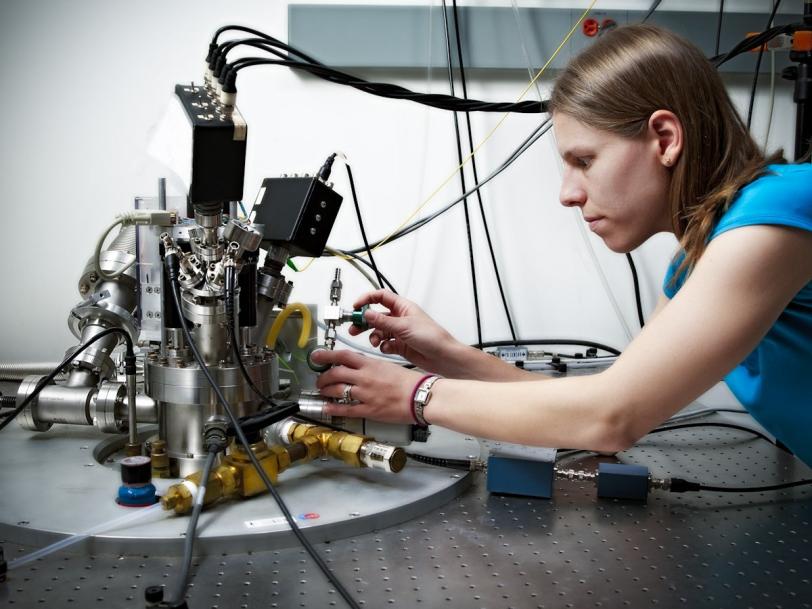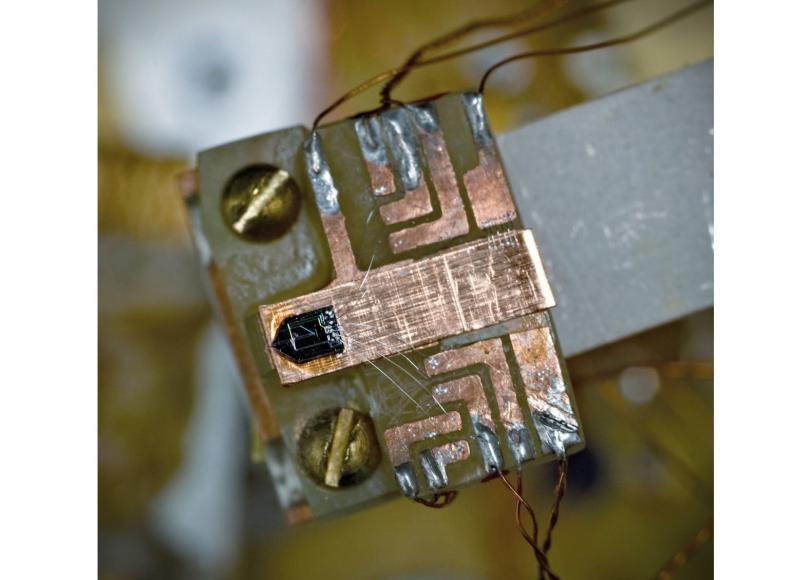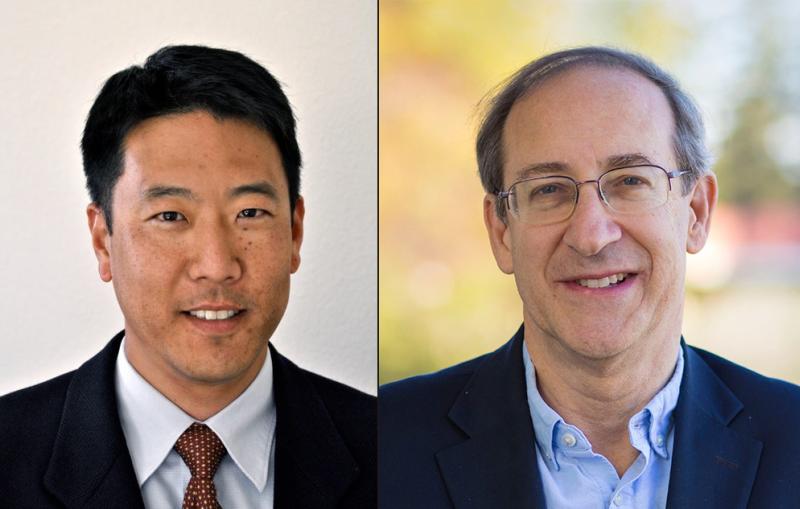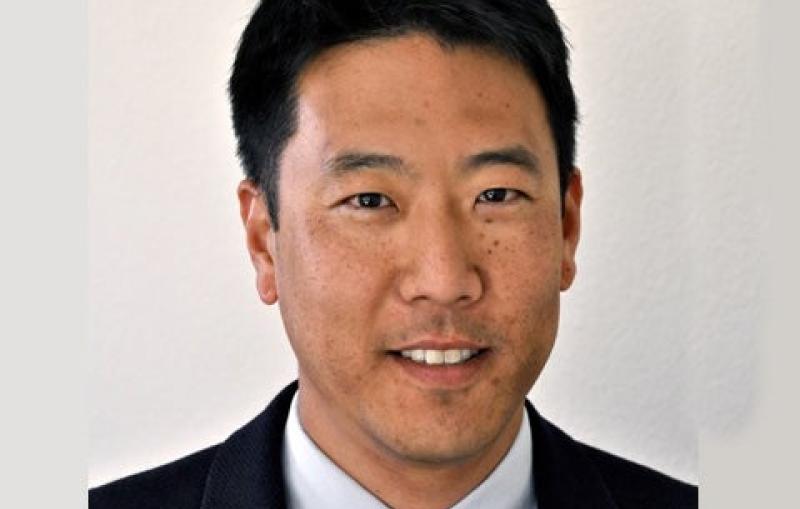Novel Magnetic, Superconducting Material Opens New Possibilities in Electronics
Menlo Park, Calif. – Scientists have reached a crucial milestone that could lead to a new class of materials with useful electronic properties.
Menlo Park, Calif. – Scientists have reached a crucial milestone that could lead to a new class of materials with useful electronic properties. In research reported in the Sept. 5 issue of Nature Physics, the team sandwiched two nonmagnetic insulators together and discovered a startling result: The layer where the two materials meet has both magnetic and superconducting regions – two properties that normally can’t co-exist.
Technologists have long hoped to find a way to engineer magnetism in this class of materials, called complex oxides, as a first step in developing a potential new form of computing memory for storage and processing.
The discovery, made by researchers at the Stanford Institute for Materials and Energy Science (SIMES), a joint institute of the Department of Energy’s SLAC National Accelerator Laboratory and Stanford University, opens “exciting possibilities for engineering new materials and studying the interplay of these normally incompatible states,” said Kathryn A. “Kam” Moler, the SLAC/Stanford researcher who led the imaging studies.
A critical next step: Figuring out whether the superconductivity and magnetism co-exist within the material in an uneasy truce, or whether this marks the discovery of an exotic new form of superconductivity that actively interacts with magnetism, said Moler. Superconducting materials, which conduct electricity with no resistance and 100 percent efficiency, normally expel any magnetic field that comes near them.
“Our future measurements will indicate whether they’re fighting one another or helping one another,” Moler said.
Independently, researchers from the Massachusetts Institute of Technology announced in the same issue of Nature Physics that they had confirmed the existence of magnetism at the interface between the two materials using an alternative means of measurement.
In a commentary accompanying both papers, Columbia University physicist Andrew J. Millis, who was not involved in the research, wrote that the work could introduce a new class of materials with “interesting, controllable, novel and perhaps useful collective electronic properties.” While this goal is far off, he said, the new findings indicate that “the field has passed a crucial milestone.”
SIMES graduate student Julie Bert, the paper’s first author, and her colleagues made their observations on a thin film of lanthanum aluminate that had been laid onto a strontium titanate substrate. The structures were grown by researchers working with applied physicist Harold Hwang, who recently moved with his group from the University of Tokyo to join SIMES and now serves as deputy director. The atomic layer where the two oxides meet becomes metallic and allows current to flow with no resistance at temperatures close to absolute zero.
Researchers are starting experiments to see whether anything changes when the material is compressed, or when an electrical field is applied, said Moler. Additional research now must be done, she added, to determine the physical properties that contribute to forming both the magnetism and superconductivity in these oxides.
“Modern technology gives us the amazing ability to grow materials atomic layer by atomic layer,” said Moler. “The message of our work is that by doing so we can create new materials with surprising new properties.”
Contact
For questions or comments, contact the SLAC Office of Communications at communications@slac.stanford.edu.
The Stanford Institute for Materials and Energy Science, SIMES, is a joint institute of SLAC National Accelerator Laboratory and Stanford University. Research at SIMES is supported in part by the U.S. Department of Energy's Office of Science.
SLAC is a multi-program laboratory exploring frontier questions in photon science, astrophysics, particle physics and accelerator research. Located in Menlo Park, California, SLAC is operated by Stanford University for the U.S. Department of Energy Office of Science.







